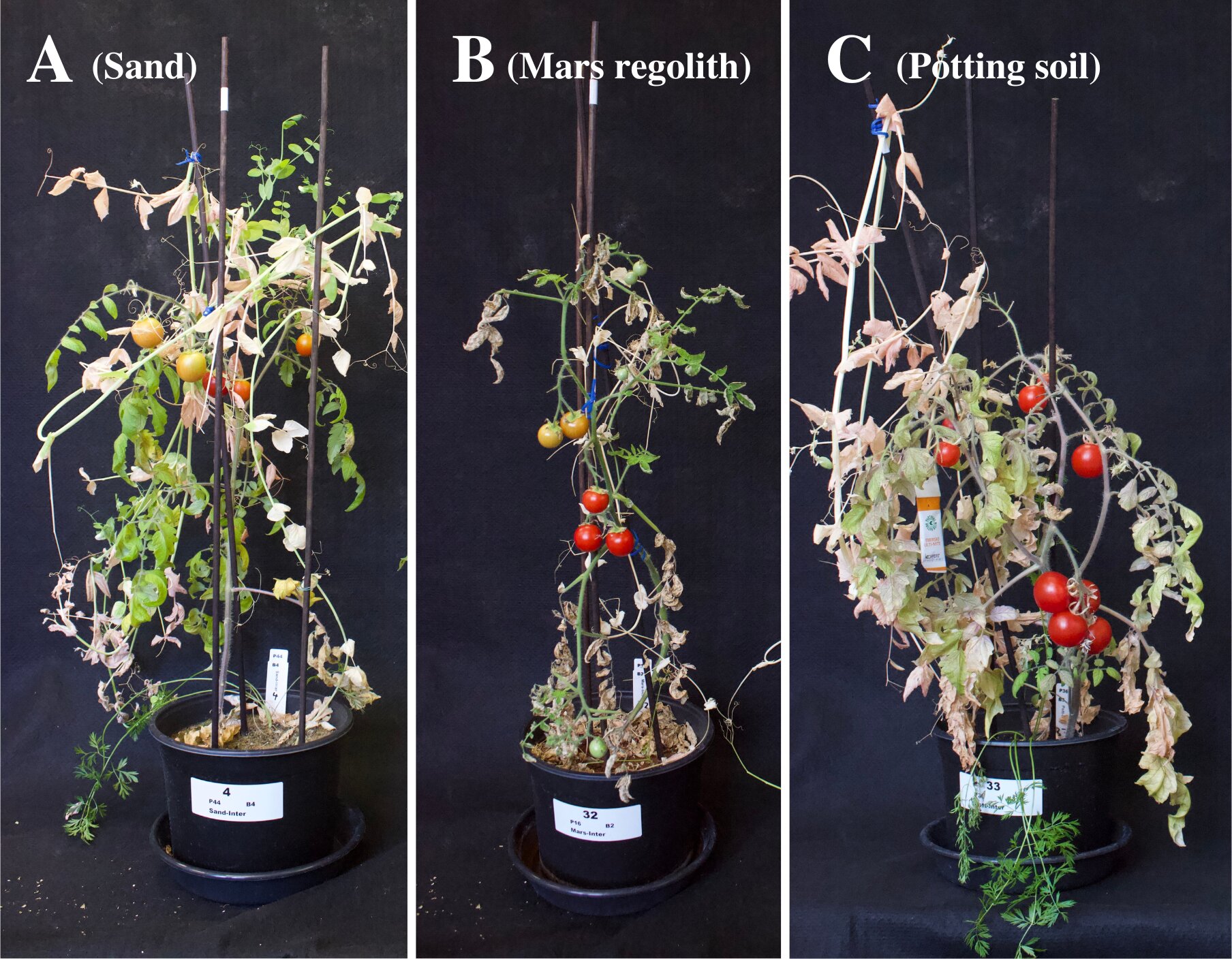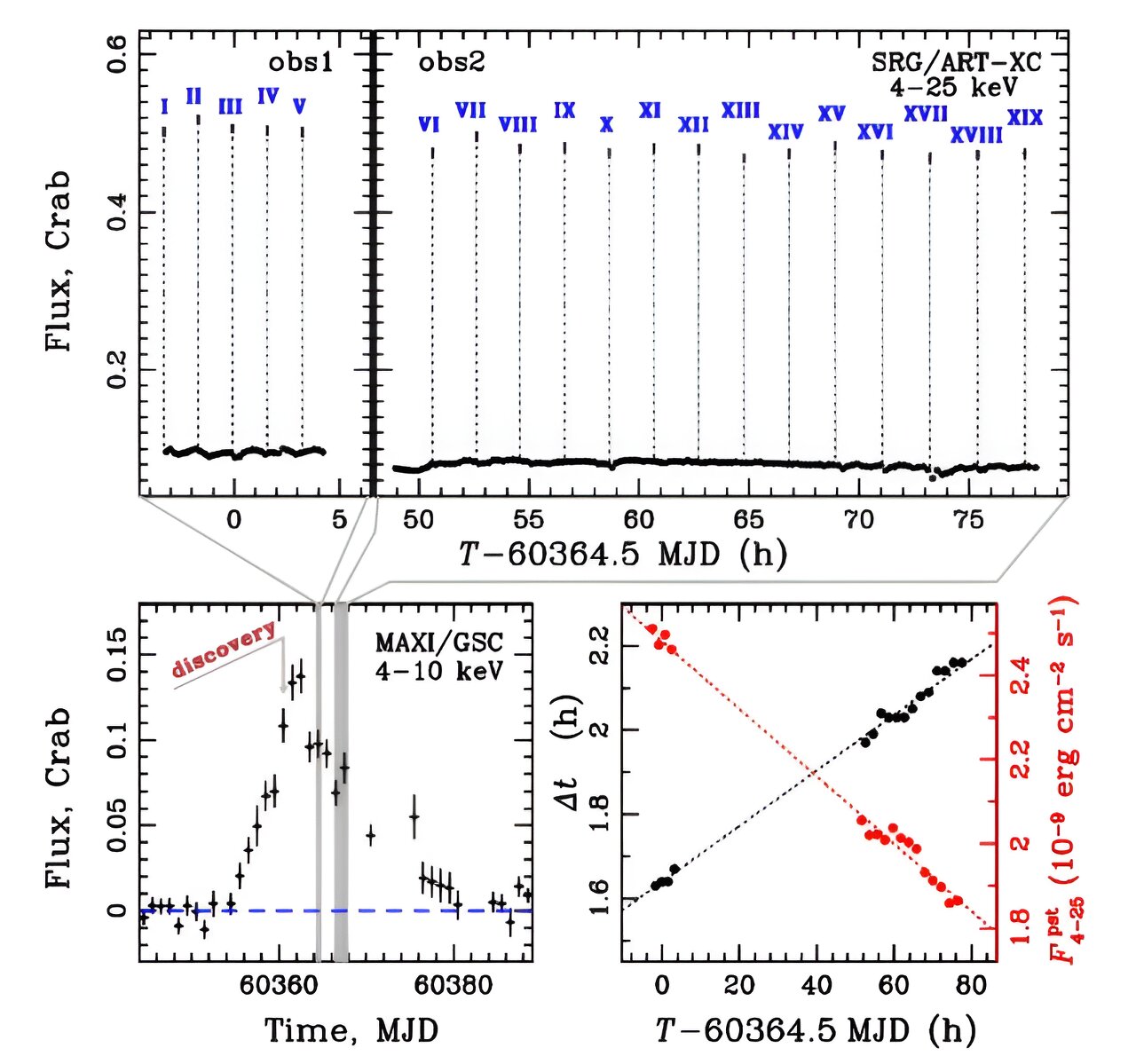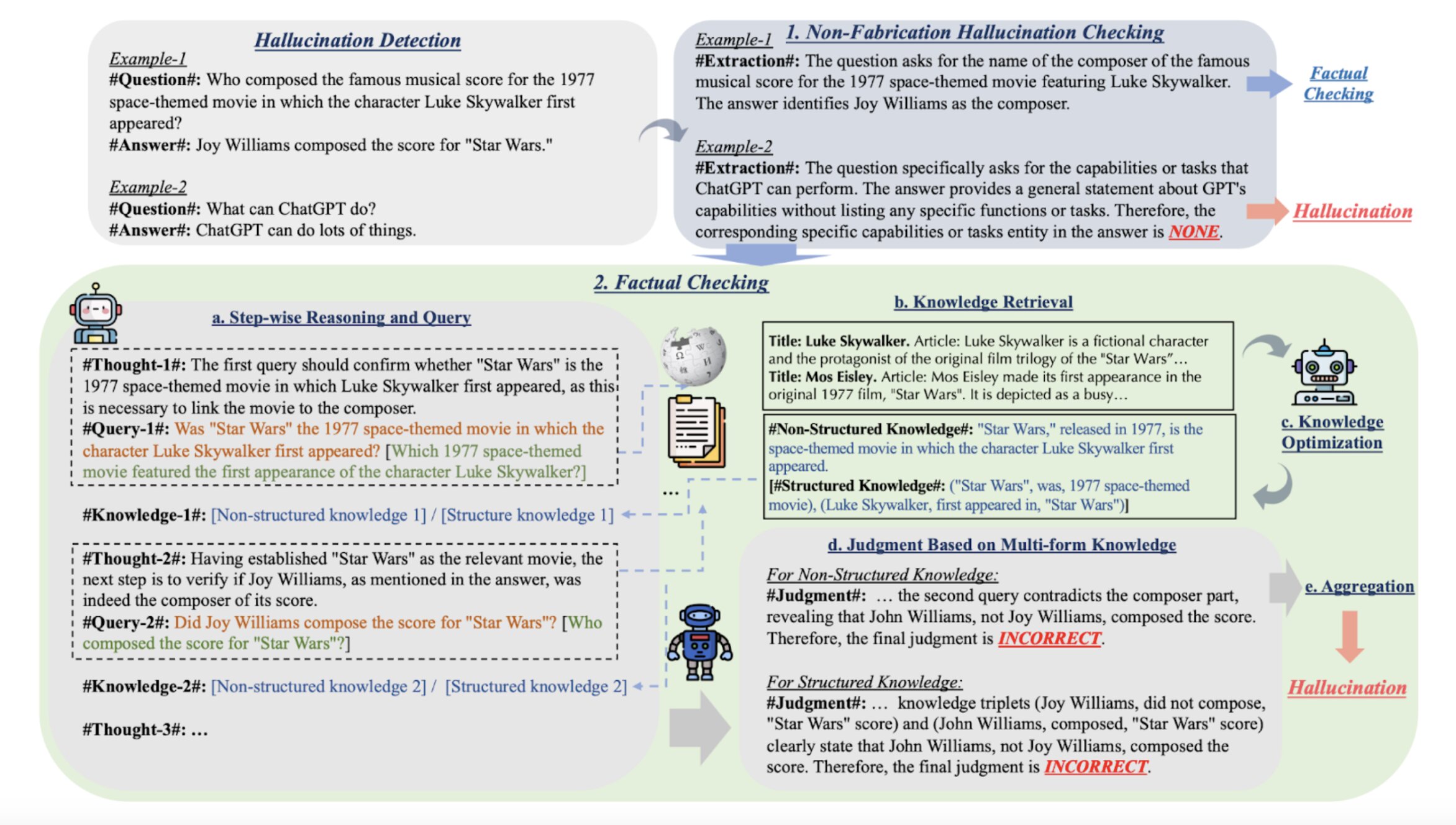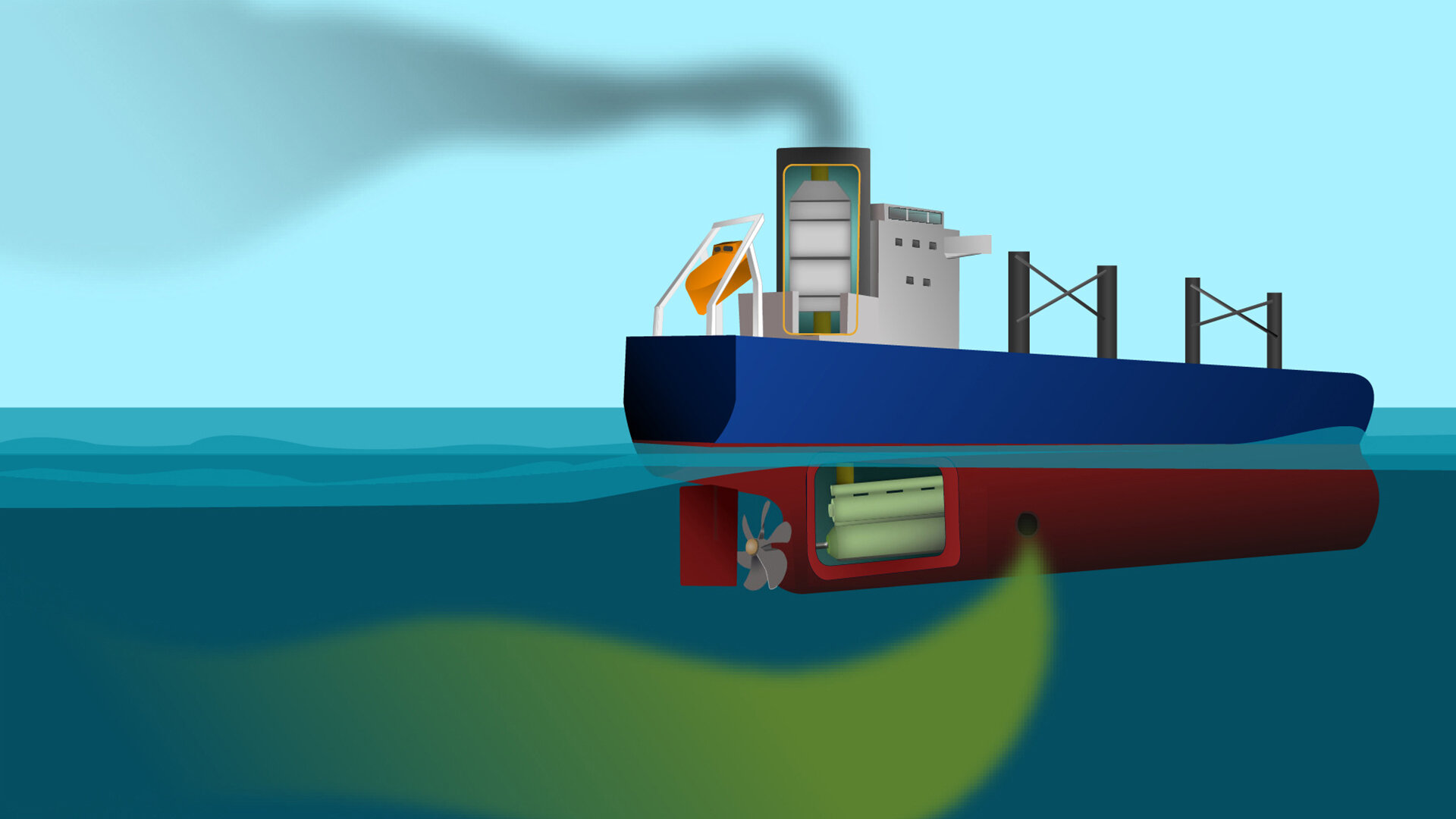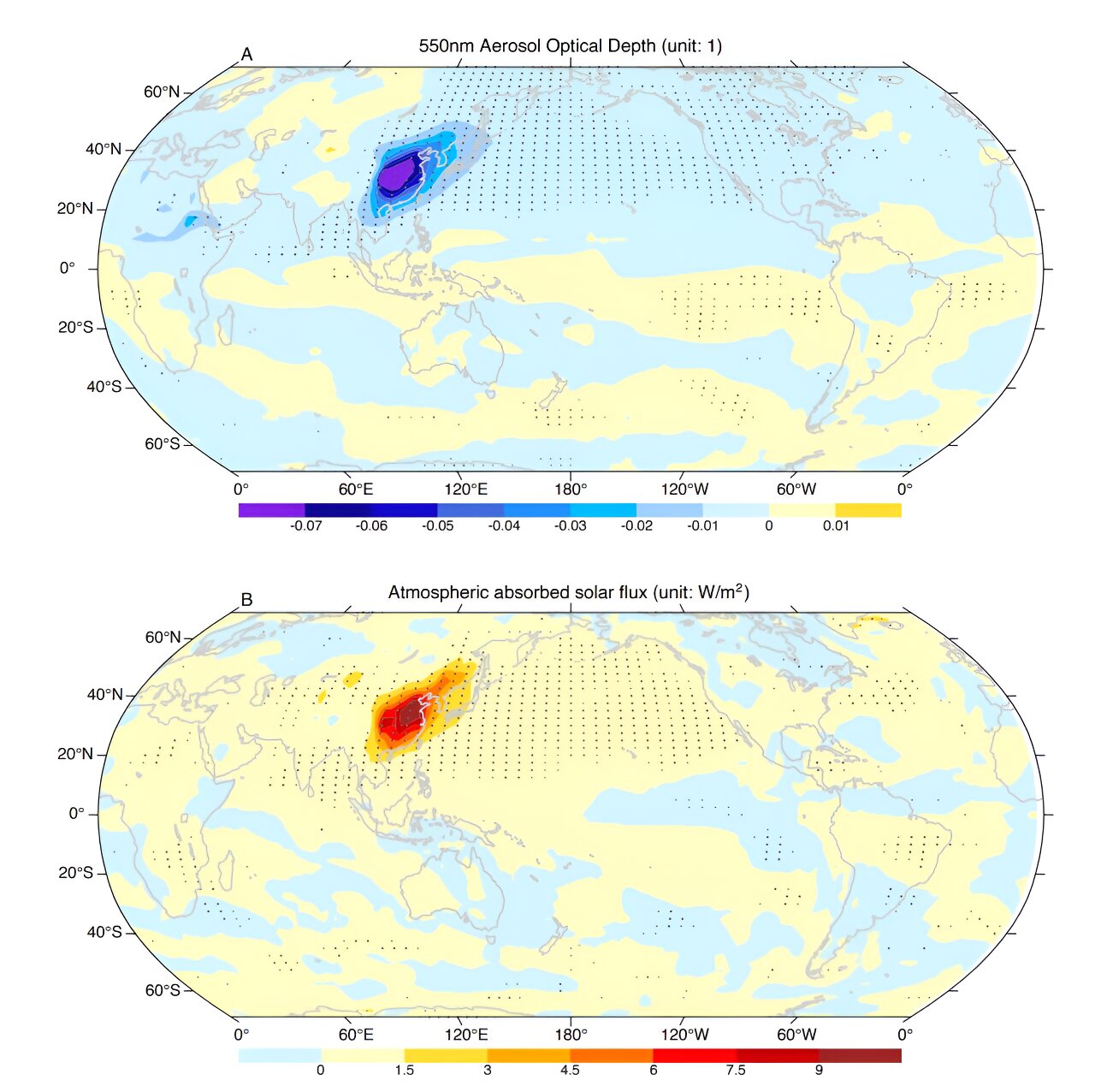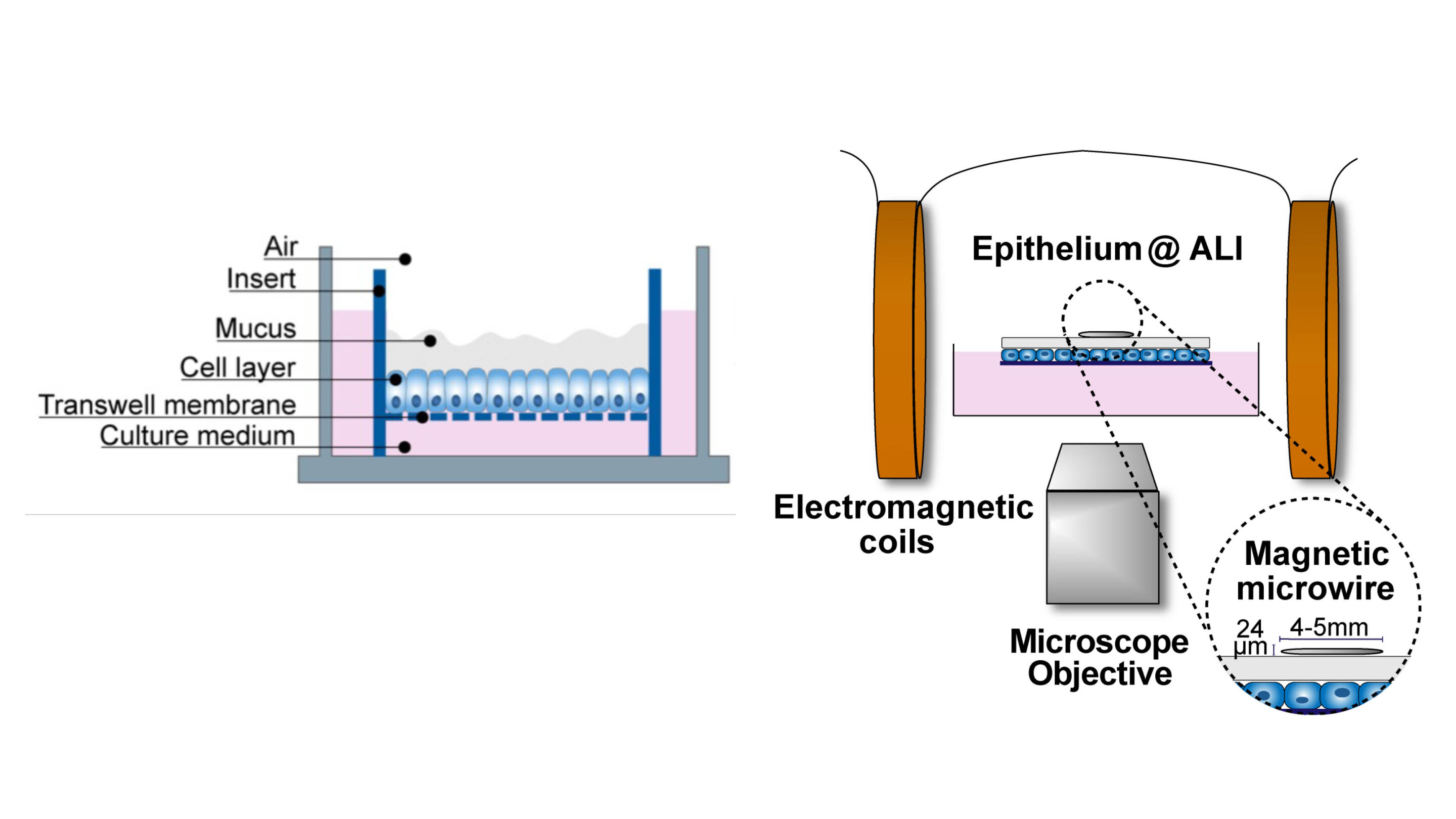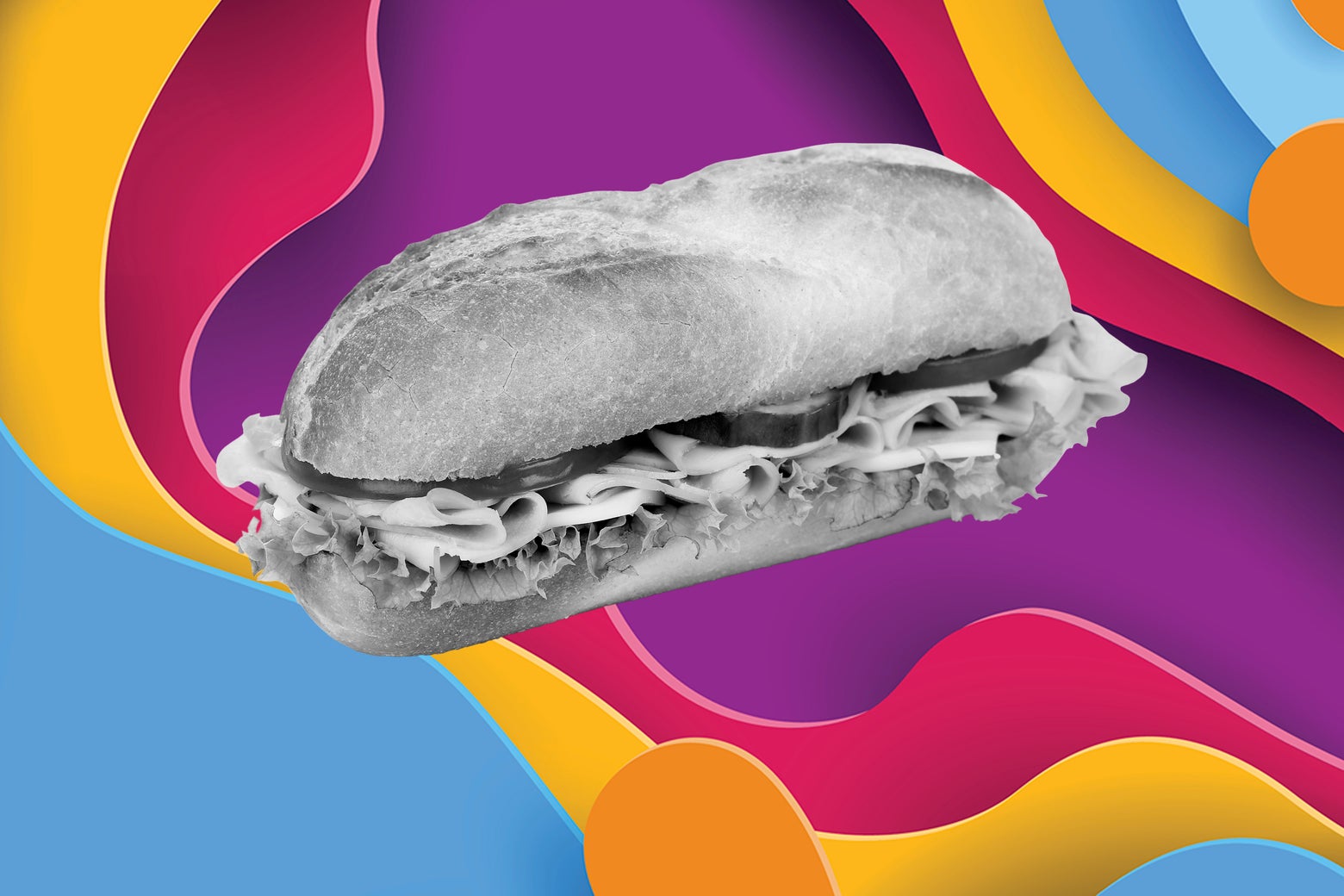![Peirce quincuncial projection The Peirce quincuncial projection[1] is a conformal map projection developed by Charles Sanders Peirce in 1879. The projection has the distinc](https://upload.wikimedia.org/wikipedia/commons/thumb/6/6b/Peirce_quincuncial_projection_SW_20W.JPG/1200px-Peirce_quincuncial_projection_SW_20W.JPG)
Peirce quincuncial projection
The Peirce quincuncial projection[1] is a conformal map projection developed by Charles Sanders Peirce in 1879. The projection has the distinctive property that it can be tiled ad infinitum on the plane, with edge-crossings being completely smooth except for four singular points per tile. The projection has seen use in digital photography for portraying 360° views. The description quincuncial refers to the arrangement of four quadrants of the globe around the center hemisphere in an overall square pattern. Typically the projection is oriented such that the north pole lies at the center.
The maturation of complex analysis led to general techniques for conformal mapping, where points of a flat surface are handled as numbers on the complex plane. While working at the U.S. Coast and Geodetic Survey, the American philosopher Charles Sanders Peirce published his projection in 1879 (Peirce 1879),[2] having been inspired by H. A. Schwarz's 1869 conformal transformation of a circle onto a polygon of n sides (known as the Schwarz–Christoffel mapping). In the normal aspect, Peirce's projection presents the Northern Hemisphere in a square; the Southern Hemisphere is split into four isosceles triangles symmetrically surrounding the first one, akin to star-like projections. In effect, the whole map is a square, inspiring Peirce to call his projection quincuncial, after the arrangement of five items in a quincunx.
After Peirce presented his projection, two other cartographers developed similar projections of the hemisphere (or the whole sphere, after a suitable rearrangement) on a square: Guyou in 1887 and Adams in 1925.[3] The three projections are transversal versions of each other (see related projections below).





